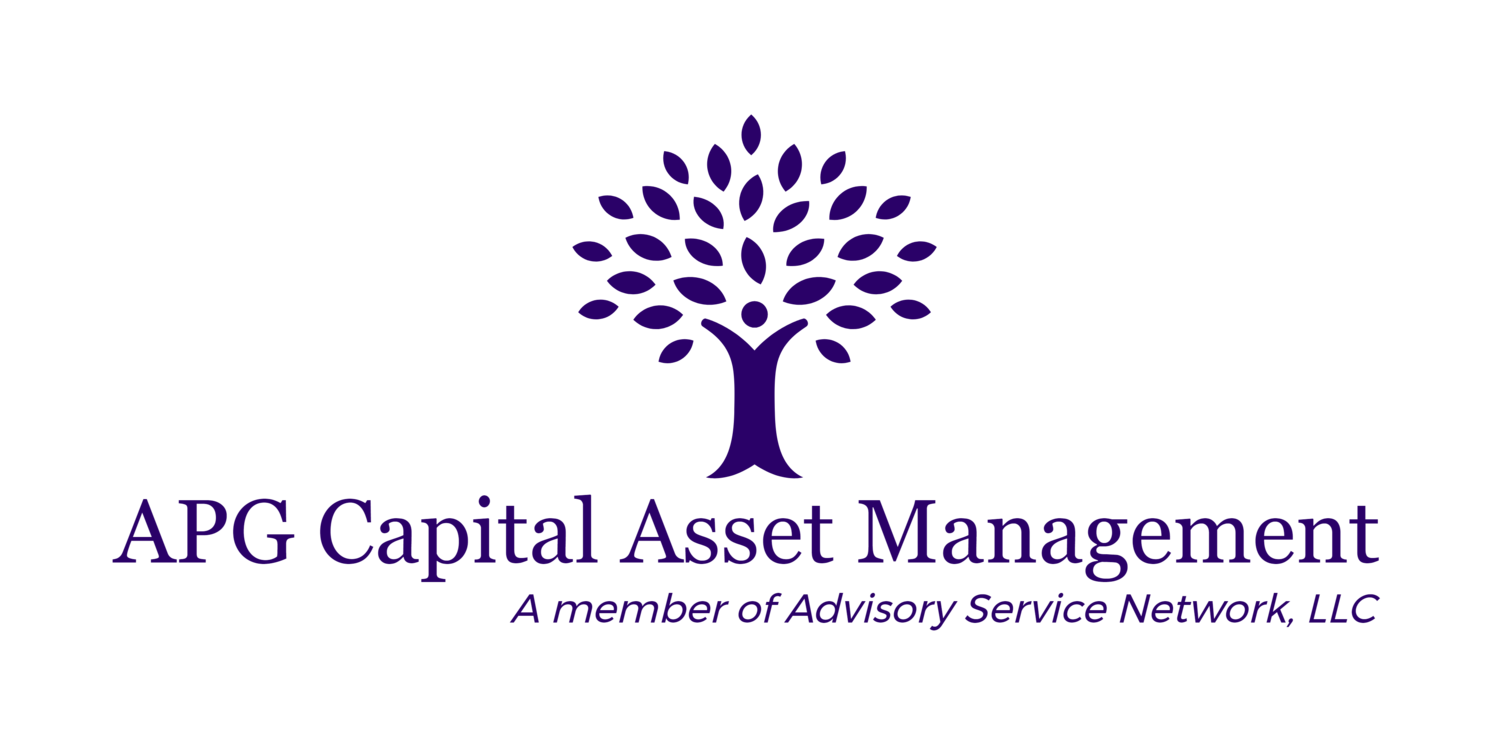To calculate your net worth is it accurate to add up your assets and subtract your debts. Not quite. Some of your assets are actually the government’s!
Your 401-K and IRA contributions were deducted from your income, so the government still needs to collect taxes on this money. The funds you, or your beneficiaries, withdraw is counted as income for tax purposes. Even your brokerage account, in which your deposited post-tax dollars, still have embedded capital gains which will be paid when sold. The government’s stake in your accounts are a function of your future earnings and the marginal tax at the time you either sell stock (in your brokerage accounts), or withdraw the funds (from tax-deferred accounts such as Traditional IRAs and 401-Ks). Only tax-free accounts like 529s, Health Savings Accounts and Roth IRAs are 100% owned by you.
Here are a few tips to minimizing the tax hit.
1. Fill your tax buckets
In retirement, choosing how you time withdrawals from your accounts can save thousands of dollars in taxes. The two commonly used methods, “one-at-a-time” and “proportionally”, have some benefits but may not be optimal. The one-at-a-time approach pushes the tax deferral benefit of your accounts out in time. This would entail taking from brokerage accounts first, then tax-deferred and finally tax-fee accounts (like Roth IRAs). However, this may not mean a lower total tax bill if you have large capital gains in your brokerage account or you are paying high tax rates during the years when you withdraw from tax-deferred accounts. A more tax efficient strategy could be the Proportional method. This way, you are pulling from all the accounts according to the size of the balance. This evens out the tax bill, and could mean paying lower marginal rates; however, this method still may not minimize taxes. Taking a more customized approach of consciously filling your taxable income buckets, and then ordering your brokerage and Roth accounts may lead to lower overall taxes.
2. Consider the timing of income
If you are between jobs for an extended time or in retirement, take advantage of low earning years by filling your marginal tax buckets. Consider this as arbitraging future tax rates with current tax rates. It may be smart if you can pull forward income and pay a low marginal tax today, versus an unknown future tax rate. This may be in the form of withdrawing dollars from your tax-deferred accounts to pay for your expenses or to converting to a Roth IRA. (Roth conversions can be done at any age.) To fill up the 12% marginal tax bucket, a married person with a mortgage and two kids can earn about $100,000. If your income is less than that, check with your tax preparer and financial advisor about ways to pull income into that year.
3. Capture losses
Just as the government owes some of your capital gains, they also share in your losses. Take losses especially if you are offsetting gains. If those are short term gains which are usually taxed at a higher rate, all the better. Be sure not to trigger a “wash sale[1]”-- so either wait 31 days to re-purchase the security, or switch to a security that is not “substantially identical”.
Careful and thoughtful financial planning may influence the timing of some financial moves to significantly alter how much of your assets are truly yours and how much are the government’s.
[1] https://www.sec.gov/answers/wash.htm
Advisory Services Network, LLC does not provide tax advice. The tax information contained herein is general and is not exhaustive by nature. Federal and state laws are complex and constantly changing. You should always consult your own legal or tax professional for information concerning your individual situation.
